
Nubuck shoes can stay attractive and durable with the right care. Regular cleaning removes dust and prevents buildup. Proper stain removal targets spots before they set. Protection keeps the nubuck surface safe from moisture and damage. Anyone can maintain nubuck by using simple tools and following clear steps. With a little effort, shoes look fresh and last longer. The right products make care easy and effective.
Regular cleaning prevents dirt buildup and keeps nubuck shoes looking fresh.
Use specific brushes and eraser blocks to remove stains without damaging the delicate nap.
Condition nubuck shoes two to three times a year to maintain softness and flexibility.
Apply waterproofing sprays to protect shoes from moisture and stains.
Store nubuck shoes properly to maintain their shape and prevent damage.
Rotate between pairs of shoes to reduce wear and extend their lifespan.
Act quickly on stains to prevent them from setting and becoming permanent.
Seek professional help for severe damage that home care cannot fix.
Nubuck leather stands out for its unique texture and durability. Manufacturers create nubuck by sanding the outer layer of high-quality animal hides. This process gives the material a soft, velvety surface while keeping the natural grain intact. The result is a luxurious feel that many people appreciate in footwear.
The following table highlights the main differences between nubuck, suede, and full-grain leather:
|
Characteristic |
Suede Leather |
Full-Grain Leather |
|
|---|---|---|---|
|
Origin |
Outer layer of hide |
Flesh side of hide |
Top layer, unbuffed |
|
Durability |
Thicker, more durable |
Thinner, less robust |
Most durable, ideal for daily use |
|
Texture |
Fine, velvety, tight nap |
Soft, fuzzy, fluffy |
Natural, rugged |
|
Water Resistance |
Better than suede, not waterproof |
Low |
High |
|
Care |
Needs special care |
Needs gentle care |
Easier to maintain |
Nubuck leather’s manufacturing process involves several steps:
Tanning with chromium salts stabilizes the hide and prevents decay.
Sanding the outer layer creates a fine, even nap.
High-end brands use ultra-fine sanding for a consistent texture.
These steps help nubuck retain its strength and appearance, making it a popular choice for shoes, bags, and accessories.
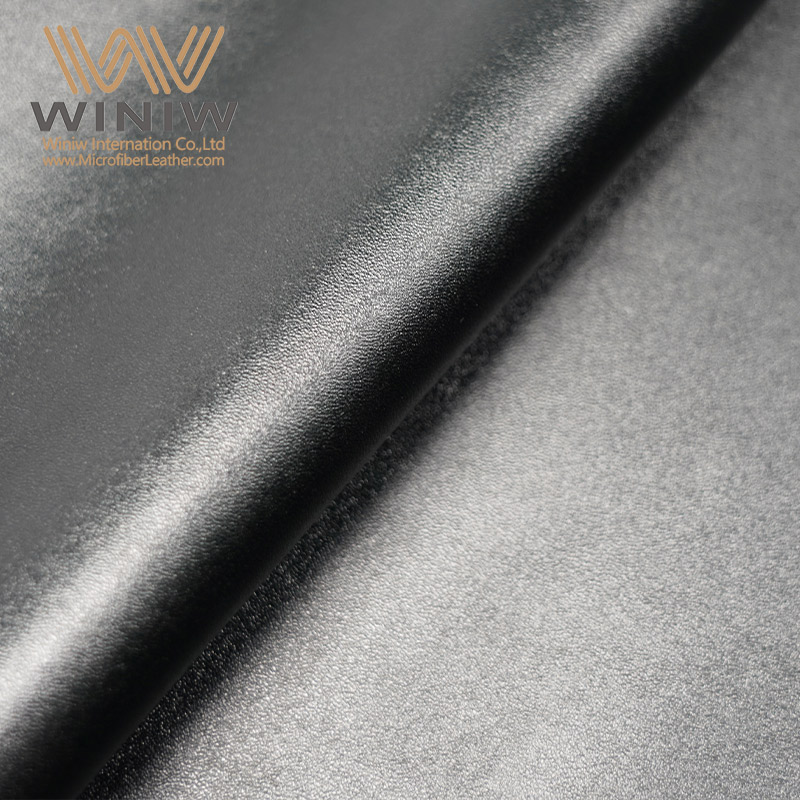
Nubuck shoes require special attention to maintain their look and lifespan. The delicate nap can easily absorb water and stains. Without proper care, the surface may lose its soft texture and develop permanent marks.
Tip: Regular maintenance helps prevent damage and keeps nubuck looking new.
Neglecting care can lead to several problems:
Water absorption causes dark spots and weakens the material.
Stains set quickly and become difficult to remove.
The nap may flatten or become rough.
Shoes may wear out faster and lose their appeal.
Nubuck is not naturally waterproof. Owners should use protective sprays and specific cleaning tools. Occasional re-treatment restores the protective layer and keeps the shoes in top condition. Improper cleaning methods, such as using too much water or harsh chemicals, can damage the fibers and shorten the life of the shoes.
Nubuck shoes reward careful owners with long-lasting comfort and style. Regular cleaning and protection ensure that the shoes remain a favorite part of any wardrobe.
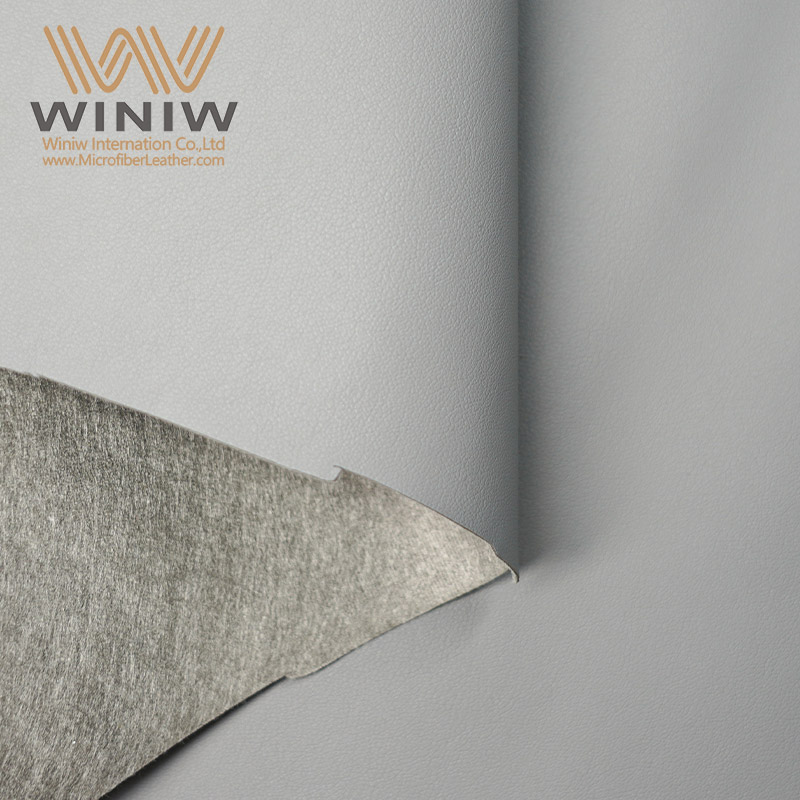
Brushes play a vital role in maintaining nubuck shoes. They help remove dirt, restore the nap, and keep the surface looking fresh. Different brushes serve specific purposes. Owners should select the right brush for each task.
Cleaning & Restoring Brush: This tool features a wood handle for easy grip. It includes a rubber brush that targets stains. Nylon and brass bristles work well for removing dirt and bringing back the soft texture of nubuck.
Rubber brush: This brush gently lifts surface stains without damaging the nap.
Nylon and brass bristle brush: These bristles reach deeper into the fibers. They help restore the original look after heavy use.
A good brush can extend the life of nubuck shoes. Regular brushing prevents buildup and keeps the material soft.
Eraser blocks offer a simple way to tackle stains on nubuck shoes. They work best for localized spots and ingrained dirt. Users should rub the block in a circular motion over the affected area.
Nubuck Eraser Block: Designed for stain removal on nubuck and suede. It measures 60 x 40 x 20 mm and costs $13.99 USD. This block cleans small areas and removes stubborn marks.
Leather Sanding Pad: For larger stains, pairing the eraser block with a sanding pad improves results.
pedag® Suede Eraser: This rubber block removes dirt and grime from boots, handbags, and other leather goods. It helps maintain the appearance of suede and nubuck items.
Eraser blocks provide a gentle cleaning method. They do not harm the delicate nap and keep shoes looking their best.
Cloths and cleaning solutions help remove stains and refresh nubuck shoes. Soft, lint-free cloths work well for blotting and wiping. Owners should choose safe cleaning solutions to avoid damage.
Tip: Always test any cleaner on a small, hidden area before applying it to the entire shoe.
The following table lists safe cleaning solutions and ingredients to avoid:
|
Safe Cleaning Solutions |
Ingredients to Avoid |
|---|---|
|
White vinegar |
Excessive dishwashing liquid |
|
Dishwashing liquid (max 2 drops) |
|
|
Cornflour (for oil stains) |
|
White vinegar removes salt stains without harming the material. A small amount of dishwashing liquid cleans light spots. Cornflour absorbs oil stains. Avoid using too much soap or harsh chemicals, as these can damage nubuck.
Cloths and cleaners help keep shoes clean and free from stains. Proper tools and solutions make the cleaning process safe and effective.
Proper preparation sets the foundation for effective cleaning. Start by removing the laces from the shoes. This step allows access to all areas and prevents dirt from hiding under the laces. Place the shoes on a flat, clean surface. If the shoes feel damp, let them air dry naturally. Stuffing the shoes with paper towels helps them keep their shape and speeds up the drying process. Avoid using direct heat sources, as these can damage the delicate nubuck fibers. Preparation ensures that cleaning products and tools work efficiently.
Surface dirt often collects on nubuck shoes. Regular removal prevents buildup and keeps the material looking fresh. The following methods help remove dirt without harming the nap:
Use a nubuck leather brush to gently go over the surface. This action lifts dirt and restores the nap.
Invest in a nubuck cloth for spot-cleaning and removing loose particles.
Always wait until the shoes are completely dry before brushing. Gently rub away surface dirt and grit with the brush.
Brushing should follow the direction of the nap. Avoid using excessive force, as this can flatten the texture. Consistent care keeps the shoes in good condition and extends their lifespan.
Light stains can appear from daily wear. Addressing them quickly prevents permanent marks. Follow these care instructions to treat light stains safely.
Water stains often occur when nubuck shoes get wet. Allow the shoes to dry naturally. Stuffing them with paper towels helps absorb moisture and maintain shape. Once dry, use a dedicated suede brush to buff the material and remove any dust. Brushing restores the nap and blends the water mark into the surrounding area. For stubborn stains, lightly mist the entire shoe with clean water, then let it dry evenly. This technique prevents new water lines from forming.

Salt stains appear after exposure to road salt or winter conditions. To treat these, mix equal parts white vinegar and water. Dampen a soft cloth with the solution and gently blot the stained area. Avoid soaking the nubuck. After blotting, let the shoes dry naturally. Once dry, brush the area to restore the nap. This method removes salt without damaging the material. Regular cleaning and prompt care help prevent salt stains from setting.
Tip: Always test any cleaning solution on a hidden area before applying it to the entire shoe.
Consistent care and attention to detail keep nubuck shoes looking their best. Following these cleaning steps preserves the soft texture and rich color of the material.
Tough stains can challenge even the most careful shoe owners. Addressing them quickly helps prevent permanent damage. Different types of stains require specific approaches for best results.
Oil and grease stains often appear suddenly and can set quickly. Immediate action makes removal easier. Shoe owners should follow these steps:
Sprinkle cornflour, baby powder, or baking powder directly onto the stain. These powders absorb excess oil from the surface.
Let the powder sit for several hours or overnight. This waiting period allows the powder to draw out as much oil as possible.
Gently brush off the powder using a suede cleaning brush. Avoid pressing too hard to protect the delicate nap.
If a mark remains, dampen a soft cloth with a small amount of white vinegar. Rub the stain in a circular motion until it fades.
For stubborn spots, mix up to two drops of dishwashing liquid with cold water. Dab the solution onto the stain, then blot with a clean cloth.
Tip: Always allow the shoe to dry naturally after cleaning. Direct heat can damage the material.
Mud and other marks can leave shoes looking dull. Proper cleaning restores their appearance:
Allow mud to dry completely before attempting removal. Wet mud can smear and spread.
Once dry, use a suede cleaning brush to gently lift away dirt and debris.
For persistent marks, use a suede eraser. Rub the eraser over the spot with light pressure.
If stains remain, apply a small amount of white vinegar to a damp cloth. Gently blot the area, then let the shoe air dry.
Regular attention to tough stains keeps shoes looking clean and well-maintained.
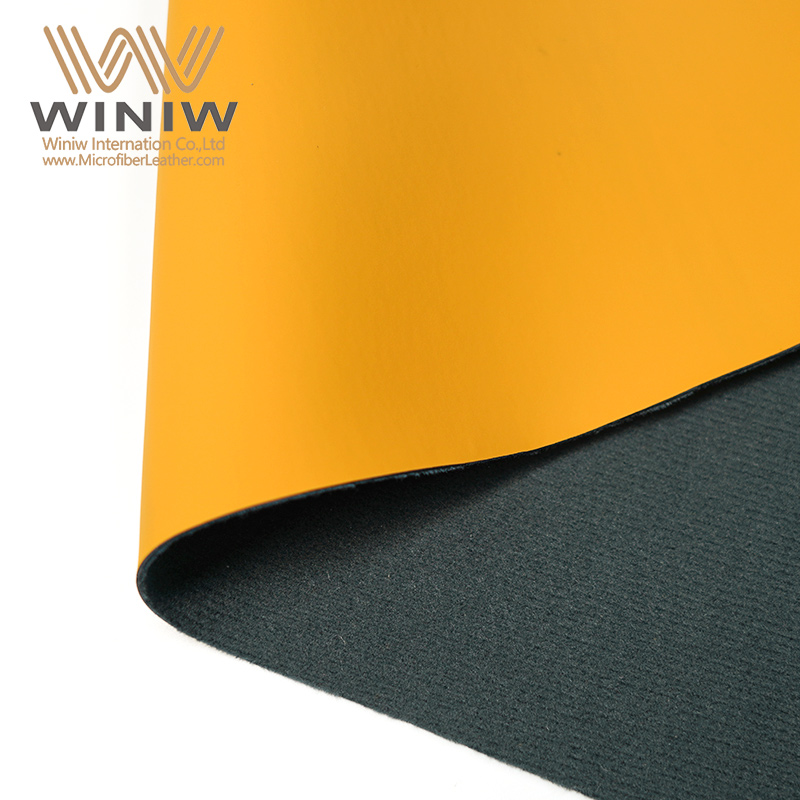
Cleaning can sometimes flatten the nap or leave the surface looking uneven. Restoring the original texture brings back the soft, velvety feel that makes these shoes special. Several tools and products help achieve the best results:
Suede cleaning brushes lift dirt and revive the nap. Owners should brush in one direction for a uniform look.
A 4-way suede nubuck PU brush cleaner reaches intricate areas and provides daily upkeep.
Suede erasers remove scuffs and stubborn stains without harming the material.
After cleaning, a suede protector spray helps prevent future stains and water damage. This spray also helps maintain the shoe’s texture.
Specially formulated cleaning solutions clean without damaging the delicate fibers.
Remove surface debris with a suede brush.
Treat set-in stains using a cleaning solution and brush.
Use cornstarch for oily stains, letting it absorb oils before brushing off.
Seal and protect the shoes with a protective spray after cleaning.
Note: Regular brushing and protection keep the nap soft and the shoes looking new.
Consistent care and the right tools ensure that nubuck shoes remain comfortable and stylish for years.
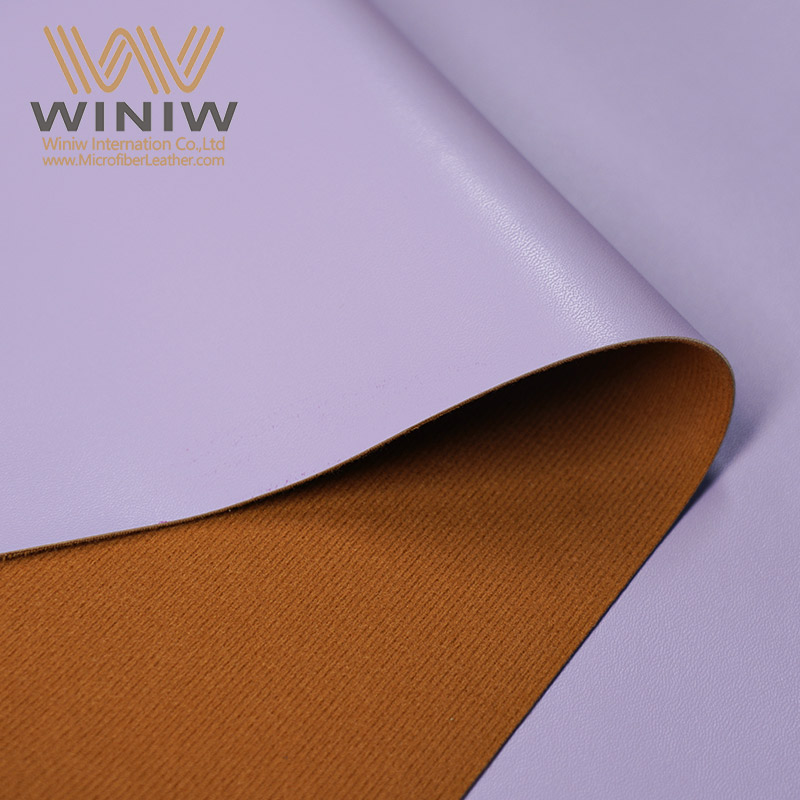
Conditioning helps maintain the flexibility and softness of nubuck shoes. Regular conditioning prevents the leather from drying out and cracking. Shoe owners should select products designed specifically for nubuck. Conditioner sprays nourish the material and keep it looking fresh. Experts recommend applying nubuck conditioner sprays two to three times per year. This schedule supports the leather’s natural oils and extends the life of the shoes. During wet or cold months, extra conditioning provides added protection. Conditioning forms a key part of any care routine for nubuck shoes.
Apply nubuck conditioner sprays two to three times yearly.
Use a nubuck-friendly waterproofing spray for extra protection in wet and cold seasons.
Tip: Always test conditioners on a small, hidden area before full application to avoid discoloration.
Waterproofing protects nubuck shoes from moisture, stains, and dirt. A quality waterproofing spray creates a barrier that blocks water while allowing air to pass through. This process keeps feet dry and comfortable. Waterproofing also helps shoes stay clean and maintain their appearance. Shoe owners benefit from increased durability and improved aesthetics. Several sprays offer effective protection for nubuck.
Care & Cool Suede Protector shields shoes from water, dirt, and stains.
Crep Protect provides a budget-friendly option that repels water, dirt, and oil.
Kaps Sneaker Protector uses natural ingredients and supports eco-friendly care.
Griffin Boot Care works well for hiking boots, offering superior waterproofing and breathability.
Benefits of waterproofing include:
Increased durability for longer-lasting shoes.
Improved breathability for comfort.
Stain protection to reduce dirt and marks.
Enhanced comfort in wet conditions.
Better aesthetics, keeping shoes looking new.
Shoe owners should apply waterproofing sprays two to three times per year, especially before rainy or snowy seasons. Waterproofing forms a vital step in the care routine for nubuck shoes.
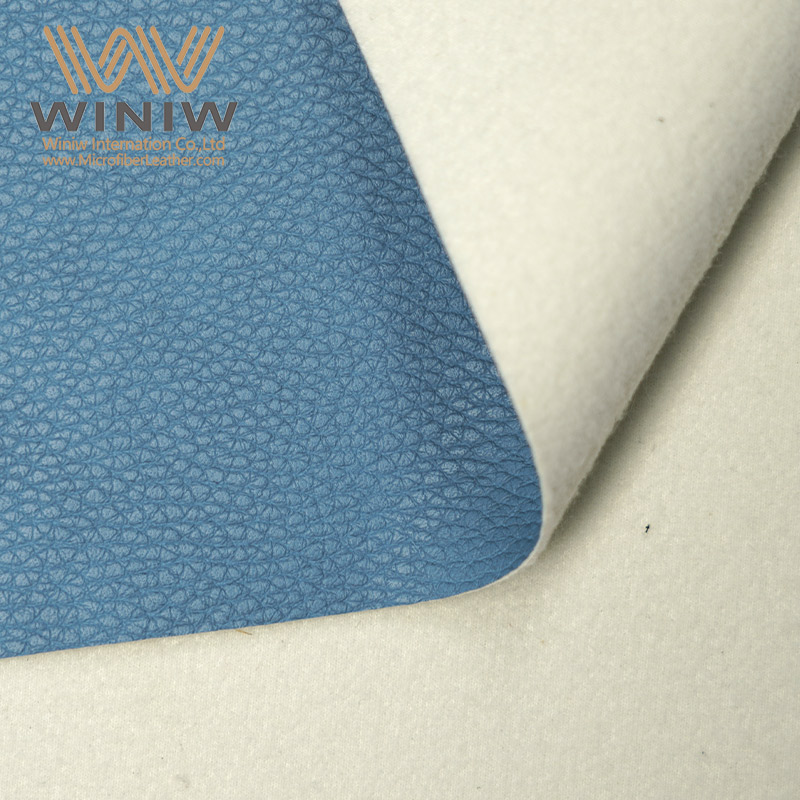
Proper storage protects nubuck shoes from damage and helps maintain their shape. Shoe owners should use shoe trees or stuff shoes with tissue paper. This practice prevents sagging and creasing. Storing shoes upright in a box or on a rack avoids pressure that can deform the material. Fabric pouches or cotton-lined boxes work better than plastic bags, which trap moisture. A dry environment supports the longevity of nubuck. Moisture absorbers like silica gel packets help control humidity and protect the shoes.
Store shoes upright in a box or on a rack.
Avoid plastic bags; choose fabric pouches or cotton-lined boxes.
Keep shoes in a dry environment with moisture absorbers.
Note: Regular cleaning before storage prevents dirt buildup and supports long-term care.
Consistent conditioning, waterproofing, and proper storage protect nubuck shoes and keep them looking their best. These steps form the foundation of effective care and help shoes last for years.
Nubuck shoes need daily attention to stay in top condition. Footwear experts recommend several habits that help prevent damage and extend the life of the shoes:
Allow at least 24–48 hours of rest between wears. This gives the material time to breathe and lets moisture evaporate.
Rotate between at least two pairs during the week. This reduces constant strain on one pair and increases overall lifespan.
Insert cedar shoe trees after each wear. Cedar absorbs moisture and helps maintain the shoe’s shape.
Wipe shoes with a soft cloth after every use. This removes surface dirt and prevents buildup.
Clean shoes weekly with a pH-balanced leather cleaner. Regular cleaning protects the delicate nubuck fibers.
Condition the leather once a month. Conditioning restores moisture and prevents cracking.
Store shoes in breathable cotton or muslin bags. These materials allow air circulation and prevent moisture buildup.
Keep shoes in a dry, temperature-stable area. Stable conditions help avoid mold and preserve the leather’s integrity.
After exposure to dirt or water, wipe shoes with a dry cloth. Quick action prevents dirt from being absorbed and causing stains.
Tip: Consistent daily care keeps nubuck shoes looking fresh and helps avoid costly repairs.
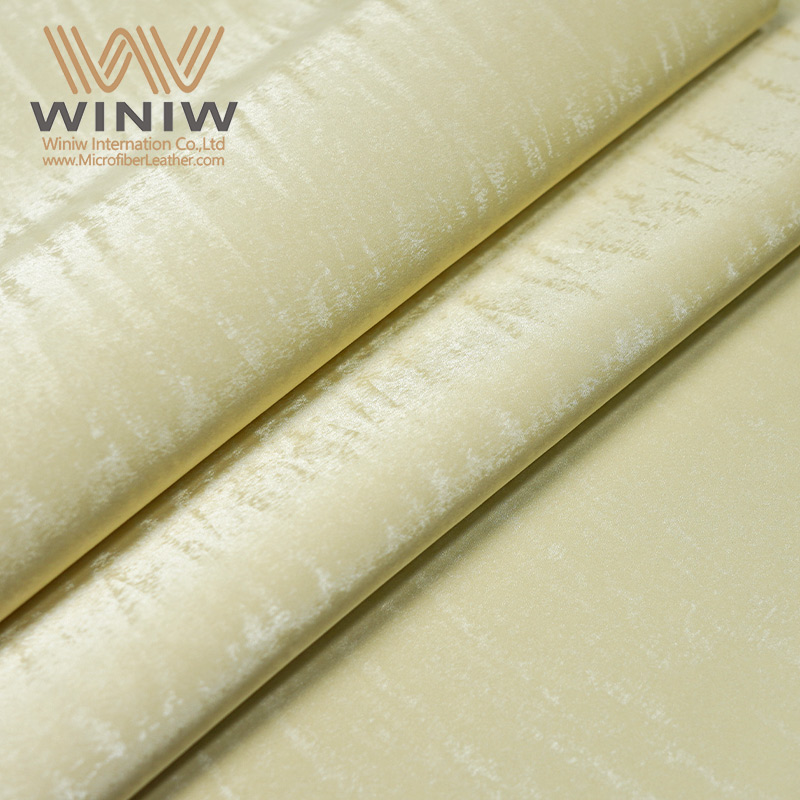
Weather can damage nubuck shoes quickly, especially in rainy or snowy climates. Proper weatherproofing techniques protect the material and maintain its appearance:
Apply water-repellent treatments or wax coatings to create a barrier against moisture. These products help prevent water from soaking into the leather.
If shoes get wet, dab them with an absorbent cloth as soon as possible. Removing moisture quickly reduces the risk of stains and water damage.
After shoes dry, use a leather conditioner to restore natural oils and keep the leather supple.
A regular weatherproofing routine prepares shoes for harsh conditions. Owners should treat shoes before the rainy season or any outdoor activities. This proactive approach helps maintain both function and style.
Quick maintenance routines make a big difference in the longevity of nubuck shoes. Following a simple process ensures shoes stay protected and ready for use:
Clean the shoes or boots to remove dirt and dust.
Shake the impregnation spray bottle well before use.
Spray the impregnation product evenly over the entire surface.
Wipe off any excess product with a clean cloth.
Allow the shoes to dry for 24 hours for the best effect.
Treat shoes based on how often they are worn. Impregnate shoes when dark spots appear from water absorption or before long trips. Maintenance kits designed for nubuck and suede provide all the necessary products for care in different weather conditions.
Note: Regular quick maintenance routines help shoes resist stains, moisture, and wear, ensuring durability and comfort every day.

Nubuck shoes often show discoloration after exposure to moisture, salt, or oils. Water stains create tide marks and darken the affected area. Salt from winter roads leaves white or brown crusty spots. Oil and grease can cause uneven patches that look darker than the rest of the shoe. Owners can prevent most discoloration by using waterproofing sprays. These sprays form a barrier that keeps water and salt from soaking into the leather. Regular brushing with a suede brush removes surface dirt and helps maintain the nap. Vinegar works well for salt stains. A cloth dampened with vinegar can blot away the residue without harming the material. Cornflour or baby powder absorbs oil stains. Applying powder to the spot and brushing it off after several hours restores the shoe’s appearance.
Tip: Quick action after exposure to water or salt helps prevent permanent discoloration.
Scuffs and scratches can make nubuck shoes look worn. Light surface scuffs respond well to gentle brushing. A horsehair brush lifts the nap and removes dirt. Suede-specific erasers soften marks without damaging the fibers. Owners can use a portable cleaning brush for daily upkeep and subtle scuff removal. For deeper scratches, steaming the suede helps. Hold the shoe over steam for a few seconds, then comb the fibers back into place. Cleaning sprays designed for suede protect against future stains and scuffs. Water stains require a light misting by blotting with a cloth. Once dry, brushing restores the texture. Oil spots need cornstarch or talcum powder to absorb excess oils. After treatment, brushing brings back the original look.
Use a horsehair brush for gentle care.
Apply suede erasers for stubborn marks.
Steam and comb fibers for deep scratches.
Mist and blot water stains, then brush.
Treat oil spots with powder and brush off.
Note: Regular maintenance prevents scuffs from becoming permanent.
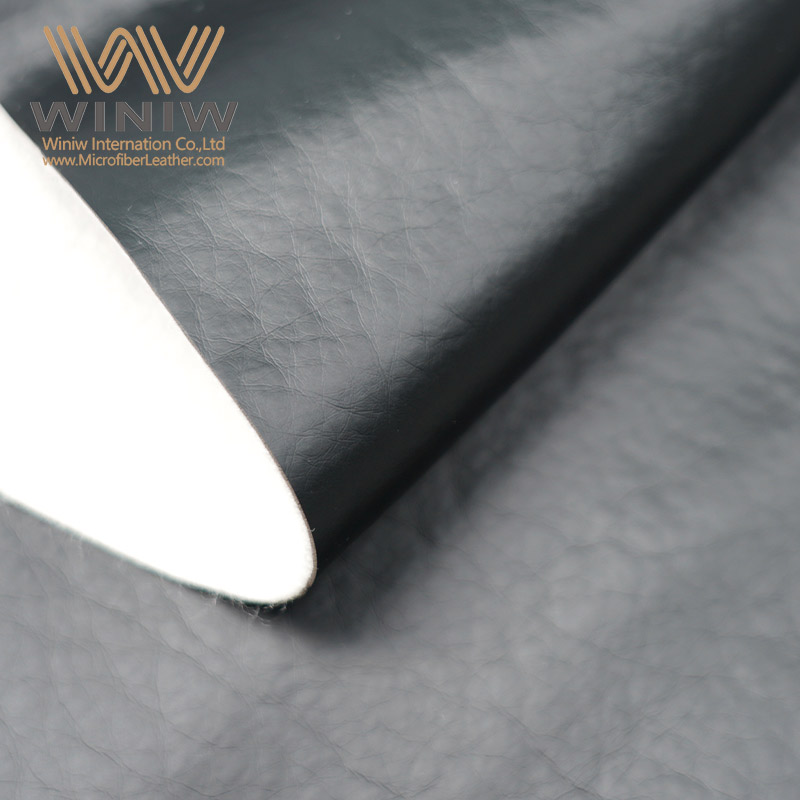
Some problems require professional attention. Shoe repair shops offer a range of services for nubuck shoes. These experts can restore shoes that have severe damage or wear. Common services include sole replacement, heel repair, and resoling. Shoe stretching adjusts the fit for comfort. Leather conditioning and restoration bring back the original look. Custom stitching and patching fix specific areas. Zipper repair and replacement keep boots and sneakers functional. Toe and heel reinforcement adds support. Professionals work with dress shoes, high heels, boots, sneakers, luxury shoes, and sandals.
|
Service Type |
Description |
|---|---|
|
Sole Replacement |
Replacing worn-out soles to extend shoe life. |
|
Heel Repair and Replacement |
Fixing or replacing damaged heels. |
|
Resoling |
Replacing the sole of the shoe for better durability. |
|
Shoe Stretching |
Adjusting the fit of shoes for comfort. |
|
Leather Conditioning and Restoration |
Restoring the leather to its original condition. |
|
Custom Stitching and Patching |
Repairing specific areas with custom stitching. |
|
Zipper Repair and Replacement |
Fixing or replacing zippers on shoes. |
|
Toe and Heel Reinforcement |
Adding support to the toe and heel areas. |
|
Types of Shoes Covered |
Dress shoes, high heels, boots, sneakers, luxury shoes, sandals, etc. |
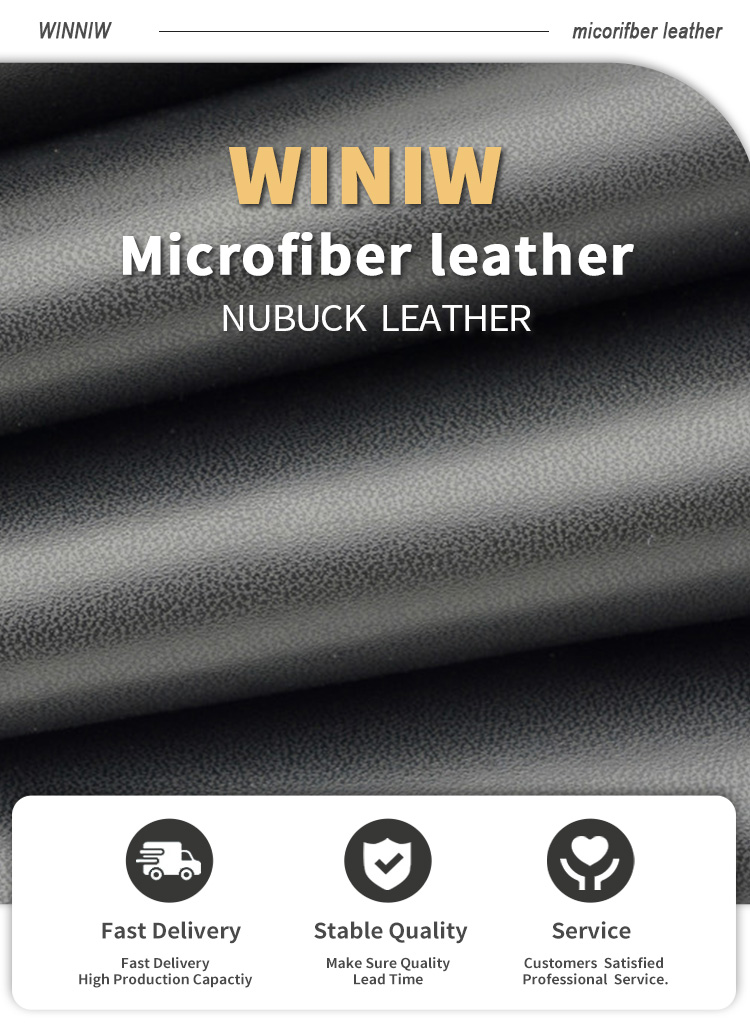
Professional help becomes necessary when home care does not solve the problem. Severe discoloration, deep scratches, or structural damage need expert attention. Shoe repair shops also offer shoe shining, dyeing for special occasions, heel cutting, and work boot repair.
Tip: Seek professional help for restoration when shoes show signs of serious damage or when home remedies fail.
Proper care keeps nubuck shoes looking their best and extends their lifespan. Experts highlight gentle cleaning, avoiding excess water, and using specialized tools as essential steps. Regular cleaning and protection help prevent stains and fading, with 78% of consumers reporting longer shoe life. For ongoing care, follow this checklist:
Clean with an eraser bar and restore the nap with a brush.
Condition with a light coat of leather cream.
Protect using a leather protector spray.
With these habits, anyone can enjoy stylish, long-lasting nubuck footwear.

Most experts recommend brushing nubuck shoes after every few wears. Regular cleaning prevents dirt buildup and keeps the nap looking fresh. Deep cleaning works best once a month or when stains appear.
Yes, water can stain or darken nubuck leather. Owners should avoid soaking the shoes. If shoes get wet, they should dry naturally away from heat. Waterproofing sprays help protect against water damage.
Avoid using regular shoe polish, harsh chemicals, or soaps. These products can damage the delicate nap. Only use cleaners and sprays labeled safe for nubuck or suede.
Sprinkle baking soda inside the shoes and let it sit overnight. Baking soda absorbs odors. Shake out the powder the next day. For persistent smells, use a shoe deodorizer designed for leather.
No, direct heat from a hair dryer can shrink or crack nubuck leather. Shoes should air dry at room temperature. Stuffing shoes with paper towels helps them keep their shape while drying.
Most suede care products work for nubuck as well. Always check the label to confirm compatibility. Brushes, erasers, and sprays designed for suede usually suit nubuck shoes.
A suede brush or a nubuck-specific brush lifts the nap. Brushing in one direction revives the soft texture. For stubborn areas, a gentle steam treatment by brushing helps restore the original look.

Scan to wechat:
